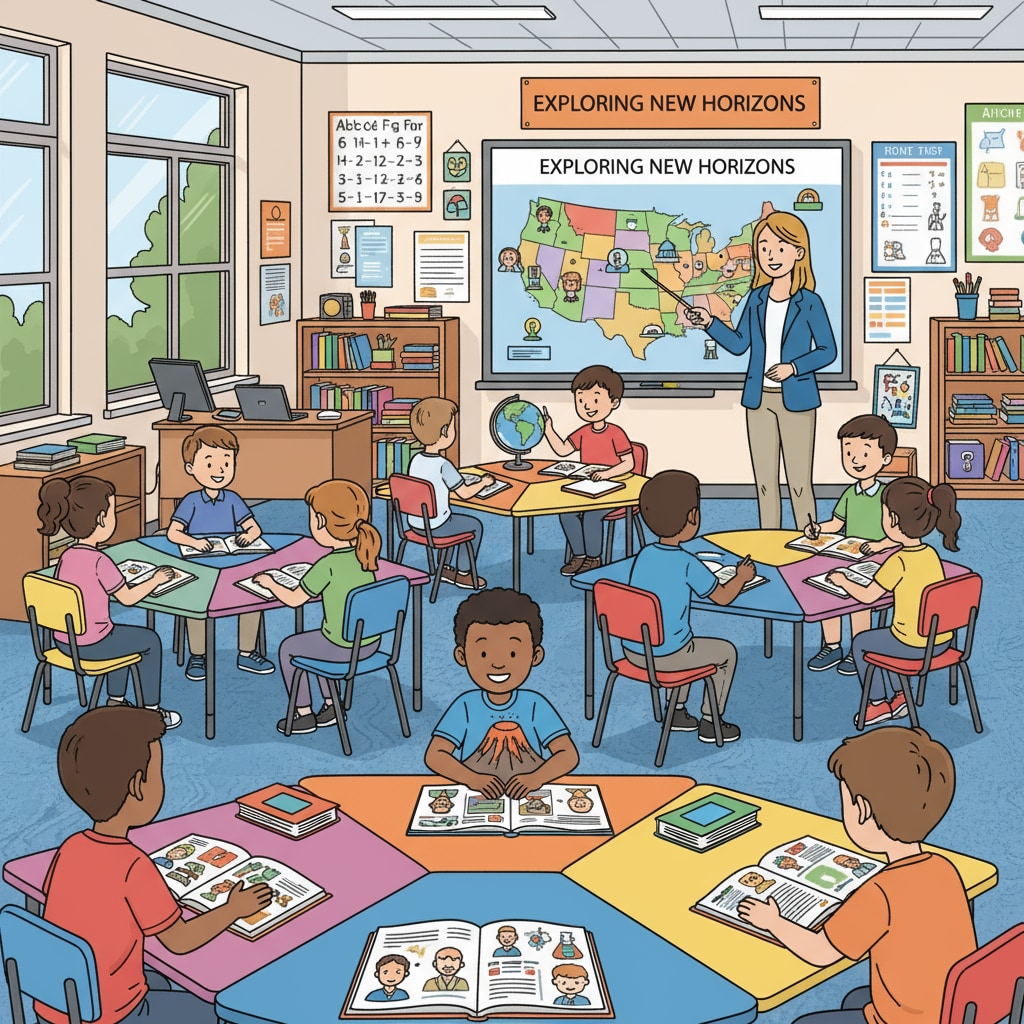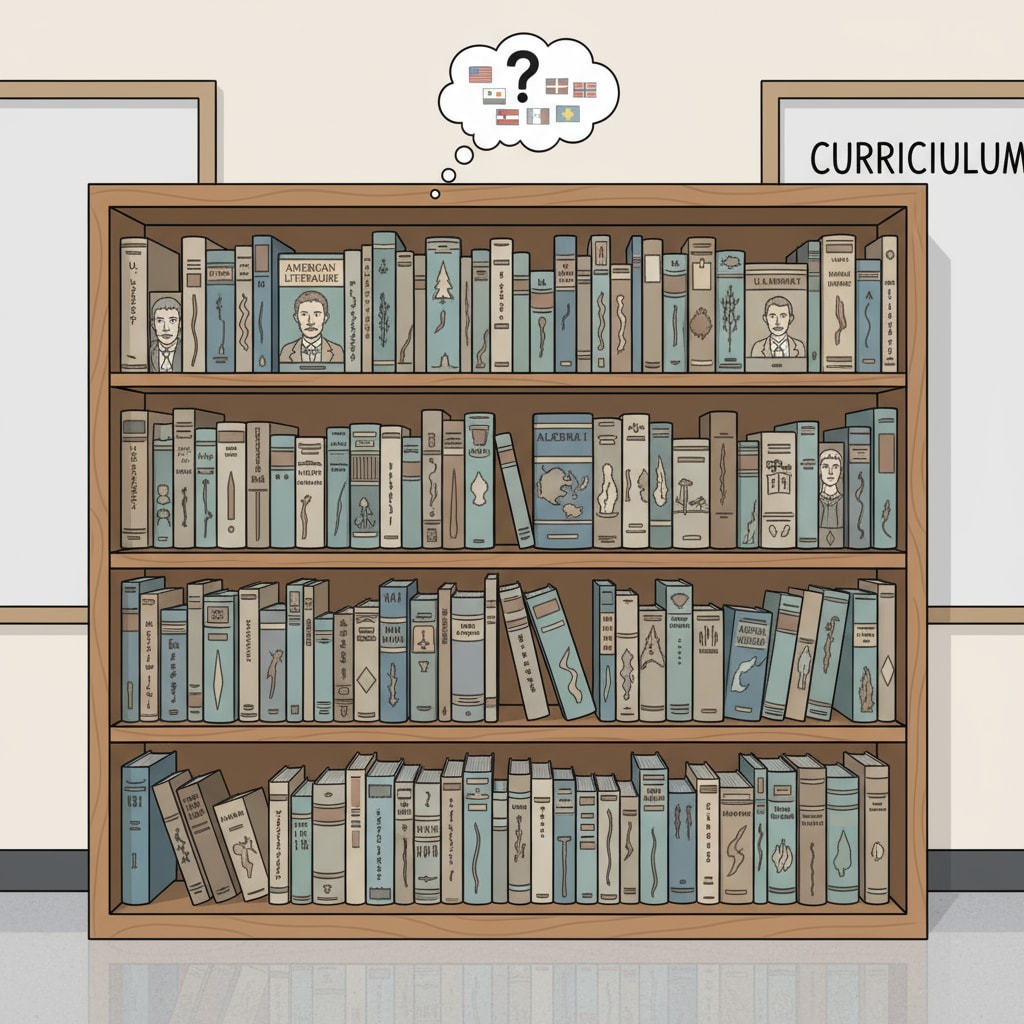The American education system, especially in K12, has long been under the spotlight for its cultural deficiencies and the need for reform initiatives. In recent times, it has become evident that certain practices deeply ingrained in this system lack scientific basis and are silently influencing millions of students.

As we strive to understand and address these issues, it’s crucial to recognize the hidden cultural blind spots that have persisted for far too long.
Identifying the Cultural Blind Spots
One of the major cultural blind spots in the American K12 education system is the lack of diversity in teaching materials. For example, textbooks often present a Eurocentric view of history and culture. This not only fails to represent the rich tapestry of American society but also marginalizes the experiences of students from diverse backgrounds. According to Britannica’s education in the United States, a comprehensive education should incorporate a wide range of cultural perspectives. However, in many K12 classrooms, this aspect is sorely lacking.

The Need for Evidence – Based Reform
To bring about meaningful change in the American education system, evidence – based reform is essential. We need to base our educational practices on research and data rather than on traditional methods that may no longer be effective. For instance, studies have shown that personalized learning approaches can significantly improve student performance. By tailoring education to the individual needs of students, we can better engage them and help them reach their full potential. As stated in Wikipedia’s education in the United States, education reform should be driven by evidence to ensure positive outcomes.
Another aspect of reform is teacher training. Teachers need to be equipped with the skills to address the cultural diversity in their classrooms. This includes understanding different learning styles, cultural norms, and being able to create an inclusive learning environment. When teachers are well – trained in these areas, they can better support their students and break down the cultural barriers that may exist in the classroom.
In conclusion, the American education system in K12 is in dire need of reform to address its cultural deficiencies. By identifying the cultural blind spots and implementing evidence – based reform initiatives, we can move towards an education system that truly puts student development at its core. This will not only benefit individual students but also contribute to the creation of a more inclusive and educated society.
Readability guidance: The article uses short paragraphs to present ideas clearly. Each H2 section has a list of key points. The passive语态 is used minimally, and transition words like ‘for example’ and ‘however’ are used to enhance the flow of the text.


